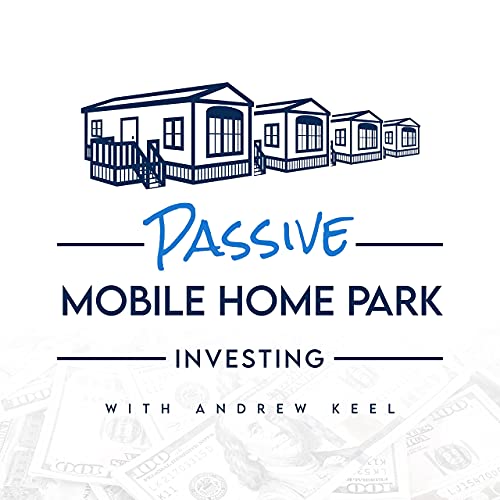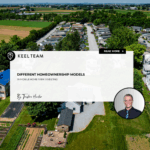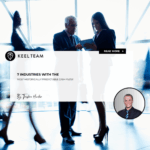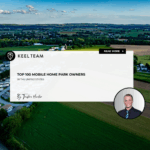Infilling Vacant Lots in Mobile Home Parks: Understanding Risks
-
 Tristan Hunter - Investor Relations
Tristan Hunter - Investor Relations
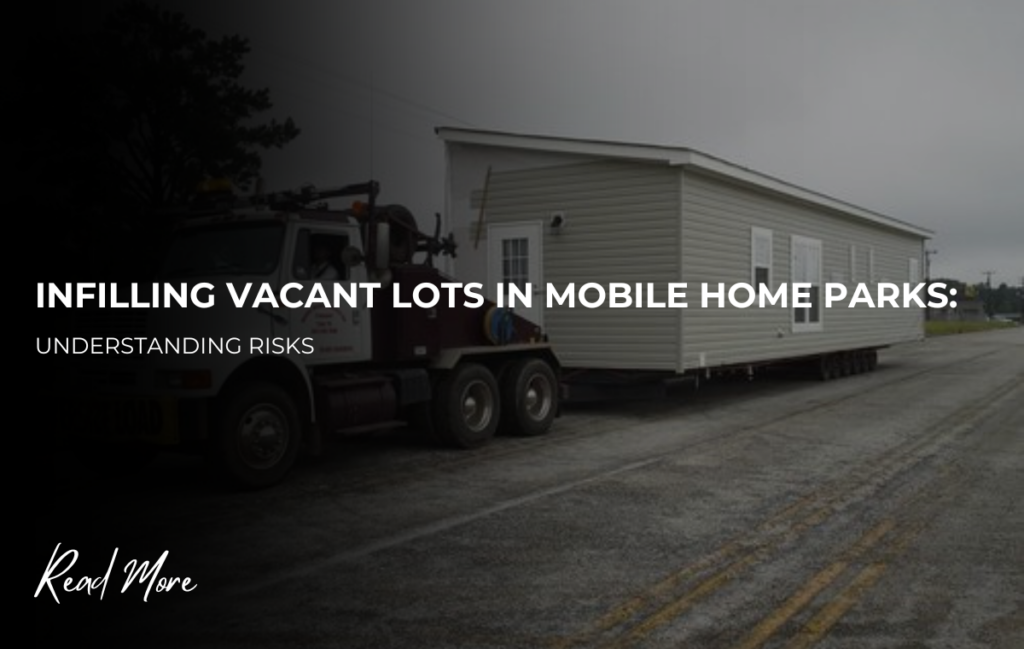
Infilling vacant lots in mobile home parks can be a tempting strategy for increasing revenue and enhancing the value of your investment. However, this approach comes with its own set of challenges. Each step of the process involves significant risks that can impact your bottom line. In this article, we will explore the various types of risks associated with infilling vacant lots and provide insights into how to navigate them effectively.
Execution Risk: The Importance of a Step-by-Step Approach
Infilling vacant pads in a mobile home park requires a meticulous, step-by-step approach. This process demands careful planning and execution. Missing even a single step can lead to significant setbacks, leaving your lot vacant and unusable.
To infill successfully, you must ensure that all necessary permits, inspections, and approvals are in place before proceeding with the physical aspects of the infill. Skipping or delaying any of these steps could debilitate your entire operation. It’s crucial to approach this process methodically, adhering to a specific order to avoid unnecessary complications.
Sourcing Risk: Challenges in Finding Suitable Homes
Sourcing homes for infilling is one of the most unpredictable aspects of this process. Whether you plan to bring in new homes or source used ones, you should anticipate potential challenges.
- New Home Availability: New homes are often subject to backorders, leading to delays that can push your timeline back by several months.
- Used Market Scarcity: The used home market can be equally challenging. Markets may dry up unexpectedly, leaving you without viable options.
- Unforeseen Delays: Even after securing a home, logistical delays in transportation and setup are common. These setbacks can disrupt your infilling schedule.
Given these challenges, it’s important not to assume that homes will be easy to find and move in on time. Flexibility and contingency planning are key to managing sourcing risks effectively.
Time Risk: Expecting and Managing Setbacks
Time is a critical factor in the infilling process, and unexpected delays can significantly impact your project. When planning your infill, it’s important to anticipate setbacks that could take months to resolve.
These delays could stem from various sources, including permit issues, supply chain disruptions, or labor shortages. Each of these factors can extend the time it takes to complete the infill, affecting your overall timeline and potentially increasing costs. Building in extra time for potential delays can help mitigate this risk.
Watch this quick video on how to prepare a vacant lot for mobile home infill:
Monetary Risk: The Financial Implications of Infill
The financial aspects of infilling a vacant pad in a mobile home park can be complex and risky. The financial model you choose for your mobile home park infill can expose you to different types of monetary risks.
- Buyer Financing: If the home buyer chooses to get a loan, there’s always a risk that financing could fall through, leaving the home unsold and your investment tied up.
- Seller Financing: If you opt to carry the papers yourself, you’ll face the risk of the buyer defaulting on payments, which could take years to resolve.
- Cash Programs: Even when a buyer pays cash, there’s still a risk of overextending your resources if multiple deals are happening simultaneously.
Each of these financial models comes with its own set of risks that could take years to materialize and resolve. It’s important to assess these risks carefully and consider the long-term implications of each financial decision.
Are you looking for more information on mobile home park investing and vacant lot preparation? Download our FREE eBook and learn expert tips from Andrew Keel!
Liability Risk: Legal Challenges and Protections
Infilling vacant lots exposes you to potential liability risks, including the possibility of lawsuits. Even with insurance and an LLC in place, these protections may not be sufficient to shield you from all potential legal challenges.
Liability risks can arise from various sources, including disputes over property boundaries, accidents during the setup process, or disagreements with contractors. It’s important to be aware of these risks and take steps to mitigate them, such as working with reputable contractors, obtaining comprehensive insurance, and consulting with legal experts throughout the process.
Governmental Risk: Navigating Local Regulations
The relationship between mobile home park owners and local governments can be unpredictable. When infilling vacant pads, you cannot assume that local authorities will always be on your side, particularly when it comes to permits and zoning regulations.
Governmental risk includes the possibility of delays in obtaining necessary permits, changes in local zoning laws, or resistance from local communities. These factors can significantly impact your ability to complete the infill process. Staying informed about local regulations and maintaining open communication with local officials can help you navigate these challenges more effectively.
Market Risk: Understanding Submarket Nuances
Market risk is an often-overlooked aspect of infilling vacant pads in mobile home parks. Each submarket has its own unique characteristics, and different markets will respond differently to your infill efforts.
Market risk includes fluctuations in demand for mobile homes, changes in local economic conditions, and shifts in the competitive landscape. Understanding the nuances of the submarket where your mobile home park is located is crucial for successful infilling. Conducting thorough market research and adjusting your strategies accordingly can help you mitigate this risk.
Labor Risk: Finding the Right Team for the Job
The labor market plays a critical role in the success of your infill project. Finding the right people to carry out the infill process is often easier said than done.
Labor risk includes the challenge of finding trustworthy, affordable, and skilled workers who can execute the project according to your specifications. Delays or subpar work from your labor force can lead to additional costs and extend your timeline. Building relationships with reliable contractors and having backup plans in place can help mitigate these risks.
High Risk, High Reward: Is Infilling Right for You?
Infilling vacant lots in mobile home parks is undeniably a risky endeavor. From execution and sourcing risks to time, monetary, liability, governmental, market, and labor risks, the challenges are significant. However, as the saying goes, “high risk yields high reward.”
Before embarking on an infill project, it’s essential to assess whether the potential rewards align with your investment goals and risk tolerance. Carefully consider each of the risks discussed above and decide if infilling vacant lots fits into your overall strategy for your mobile home park investment.
Learn more about mobile home park investing.
Interested in learning more about mobile home park investing? Get in touch with us today to find out more.
Disclaimer:
The information provided is for informational purposes only and is not investment advice or a guarantee of any kind. We do not guarantee profitability. Make investment decisions based on your own research and consult registered financial and legal professionals. We are not registered financial or legal professionals and do not provide personalized investment recommendations.

Tristan Hunter - Investor Relations
View The Previous or Next Post
Subscribe Below 👇
